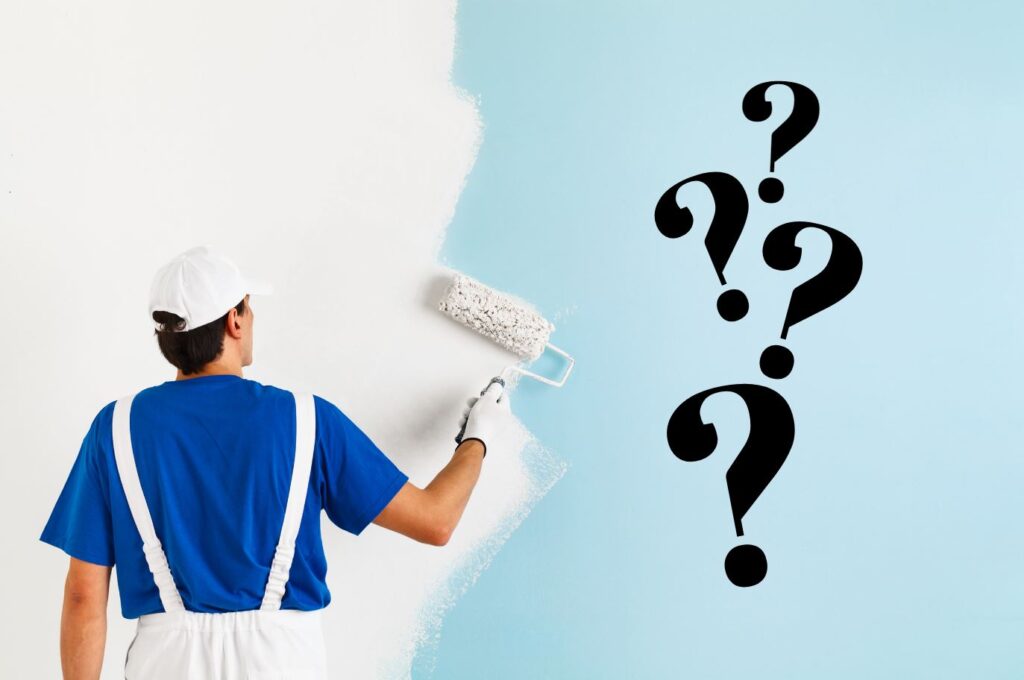Every aspiring house painters Adelaide aspires to achieving success at major art fairs, galleries, museums and private collections. But making an impression in this inscrutable world takes more than mastery of technical abilities alone.
Master painters such as Leonardo da Vinci, Claude Monet, Pablo Picasso, and Jackson Pollock overcame technical challenges pertaining to perspective, perception, color and form in order to develop their preferred styles and techniques on canvas, glass, metals walls or concrete using gouache, acrylic, watercolor ink spray paints or any combination thereof.
Learn from the Masters
If you want to be a professional painter Adelaide, becoming one requires more than simply honing your skills and practicing them regularly. Instead, studying master painters’ works and their techniques is key in order to find your own personal style while understanding where you are working in context.
Acquaint yourself with different types of painting, such as figurative, abstract, narrative and compositional styles. Examine the techniques of famous masters such as Leonardo da Vinci, Claude Monet, Pablo Picasso and Jackson Pollock to develop your artistic sensibility.
Once you’ve learned from the masters and established a signature style, begin building visibility. Create a portfolio, blog and social media presence to increase exposure for your work; participating in art contests and exhibitions can also build relationships between galleries and collectors – just remember to stay true to yourself in terms of vision and aesthetics – any sudden shifts could confuse potential clients and ruin your reputation.
Develop a Signature Style
An effective signature style will set your work apart from others and will become instantly recognisable to viewers of your art. From unique color palettes to specific themes, creating your signature style will allow you to gain both confidence and freedom in your artistic practice.
Your signature style will also save time and enable you to produce more work for sale. When beginning with a new theme or style, it can take some time figuring out materials, techniques and appropriate hues – having one clearly established will cut this down significantly and allow you to complete artworks much more rapidly for sale.
Spend some time discovering your signature style and experimenting with various themes as this will build your skill set and knowledge base. When you find it, keep practising to maintain its consistency.
Gain Visibility
Artists often dream of having their works shown at galleries, yet this goal can be challenging to reach. There are far more artists than galleries; thus it takes both time and networking efforts to establish your name in the art community.
Participating in local art shows is another effective way to build exposure for your work. Look out for open-call shows at galleries or artist communities near you, or apply for an artist residency program.
As painting can be an isolating profession, it’s crucial that painters possess strong interpersonal skills. Joining an art membership or having a painting buddy can provide great opportunities to meet like-minded individuals while forging bonds of community and create an underlying sense of belongingness.
One great way to boost visibility is with online reviews sites such as Yelp. By creating a free profile and posting high-quality photos and customer testimonials that demonstrate your expertise in your industry, Yelp allows you to attract new customers with ease. In addition, Broadly offers all-in-one solutions tailored specifically for small home service businesses to streamline processes more easily.
Self-Market
Networking as a professional painter goes far beyond building relationships with local galleries; you must also take the time to cultivate relationships with curators, art dealers, collectors, other artists as well as potential clients. To do so effectively may involve participating in exhibitions, open-call shows or residencies as well as acting as studio assistant for more experienced painters.
When it comes to marketing yourself as an artist, it’s essential that you remain true to your artistic vision and style. Deviating from these will only cause galleries or collectors to lose interest in you and cause lasting damage to your reputation.
Don’t be reluctant to accept commission work; just be sure that commissioned paintings don’t become part of your oeuvre and that clients understand they aren’t buying an original work. One way of accomplishing this goal is not listing it in your portfolio or online and clearly noting when sharing on social media that the piece was done on commission.

